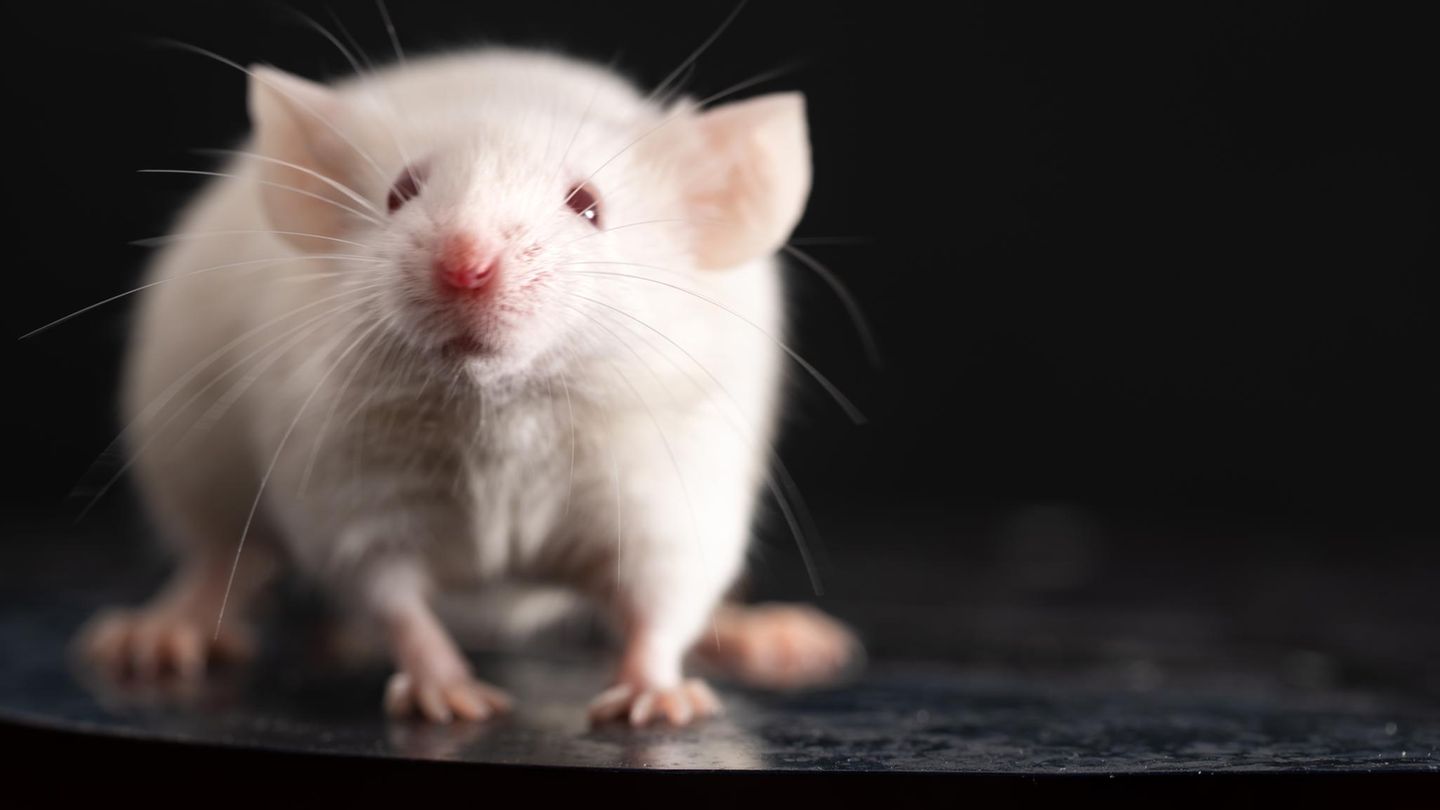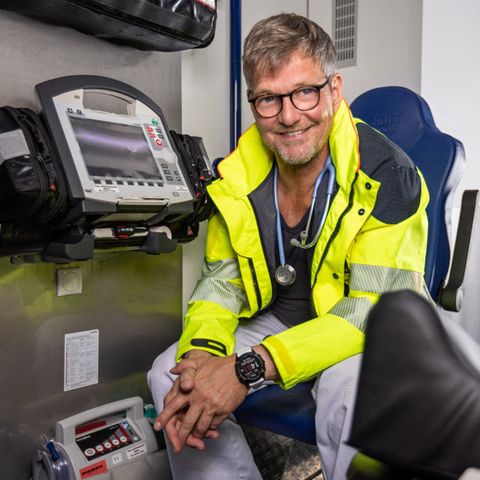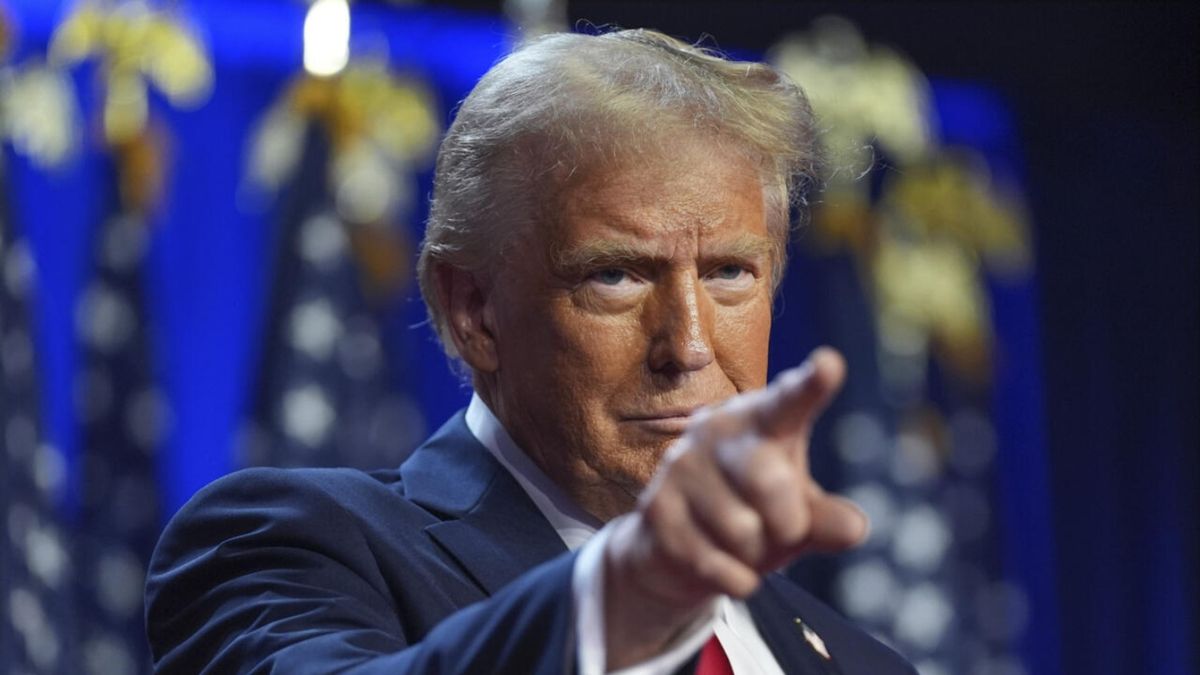Resuscitation
Small rescuers: Mice provide first aid with each other in an emergency
Copy the current link
Add to the memorial list
First aid does not only provide people. Measures are also taken in the wildlife to save lives. A study shows that mice help their peers in an emergency.
Heart rhythm massage, mouth-to-mouth ventilation, stable side position-someone else comes into a sudden health emergency, rush to help with a little luck. Do you think of people? Animals also provide first aid. A study shows that mice try to help them spontaneously. Sometimes they even take measures that are reminiscent of resuscitation, as two research teams report in the specialist journal “Science”. However, it is generally difficult to interpret animals.
Reports have been circulating for a long time that some animal species are in need – such as elephants, dolphins and chimpanzees. A team around Wenjian Sun from the University of Southern California in Los Angeles is now systematically examining whether mice also show helpfulness under laboratory conditions.
The mice met in cages on fellow species who were either dead, unconscious or motionless. If they were familiar individuals, the animals took care: they approached, sniffed on the motionless animal and licked on the fur. It was particularly striking that they then concentrated on the face and throat, licked the animal on the eye or bit into the mouth.
Mice try to save the lives of the peers
In more than half of the attempts, they even pulled their tongue out of their mouths out of their mouths, which means that they in fact increased the respiratory tract. If a foreign body was placed in the mouth of the motionless animal – such as a plastic ball -, the helping mouse mostly removed it before she got on her tongue.
Important: The anesthetized or sedated mice that were cared for in this way actually came to faster than fellow species without such an assistance. And as soon as the animals had recovered, the helpers stopped their care. In other words, the mice only helped as long as necessary.
Mouse behavior is reminiscent of first aid measures
This is remembered by first aid measures for unconscious people, the research team writes. It is difficult to identify the motivation of the helpers, but curiosity and the desire for social interaction did not matter, the authors emphasize. Gender also had little influence.
Rather, the study indicates that help for motionless group members is widespread under social animals. A second study by a team around Fangmiao Sun from the University of California in Los Angeles confirmed the results. This examination also indicates that the two brain areas amygdala and nucleus paraventricularis are involved in the behavior and that the messenger substance oxytocin- often also referred to as cuddly or binding hormone- plays a decisive role.
“These behaviors are reminiscent of how people are taught to clear the respiratory tract of an unconscious individual when resuscitation,” write William Sheeran and Zoe Donaldson from the University of Colorado in Boulder in a “Science” comment. It is probably a innate social behavior that is common in many species.
Dpa
TPO
Source: Stern
I’m Caroline, a journalist and author for 24 Hours Worlds. I specialize in health-related news and stories, bringing real-world impact to readers across the globe. With my experience in journalism and writing in both print and online formats, I strive to provide reliable information that resonates with audiences from all walks of life.





